Gravel riding is exploding throughout the cycling community, delivering a sense of exploration and freedom as we venture down unknown roads and seek out new adventures. But gravel riding isn’t a new concept. Years before the first gravel bike was introduced, riders tinkered with cyclocross bikes or touring rigs, creating drop-handlebar bikes with wide tires. Gearing for these bikes typically relied on road components, but soon riders started increasing gear ranges by mixing and match road components with mountain bike derailleurs and cassettes. These customized drivetrains often relied on specialty parts, which caused problems with reliability and made it hard to find replacement parts quickly.
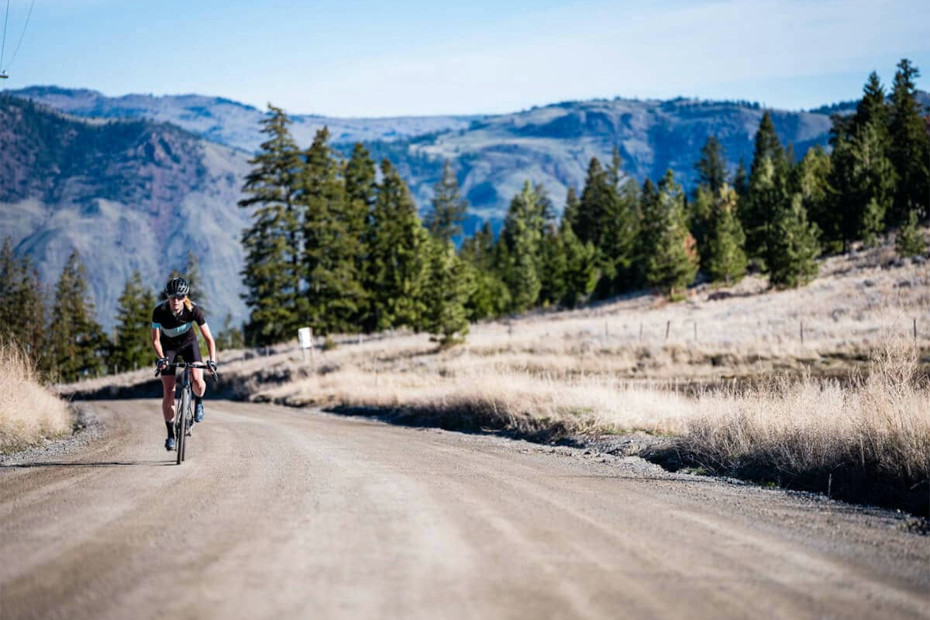
Fast-forward several years and the gravel landscape has evolved rapidly with new gravel-specific frames, wheels, tires, and more hitting the scene. Shimano was proud to introduce the first gravel-specific groupset with its groundbreaking GRX component range. GRX was designed from the ground-up to meet the rugged demands of gravel riding and racing. The parts feature innovative ergonomics, gravel-tuned gearing, and loads of options to handle the diverse demands of gravel riding.
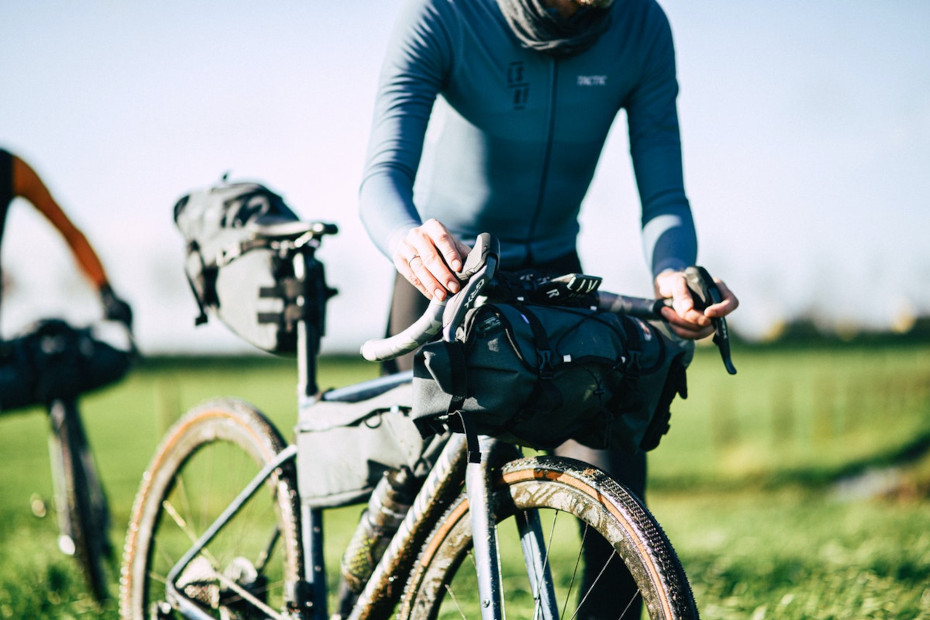
If you're in the market for a new gravel bike or want to replace your current drivetrain completely, a full GRX groupset is an ideal place to start. Choose between 10-speed and 11-speed, 1x11 or 2x11, and mechanical or electronic shifting. Shimano GRX accommodates almost any frame and any budget level while delivering a system-engineered drivetrain ready to tackle the most challenging gravel terrain.
However, for riders not ready for a total gravel makeover, GRX components happily blend with current Shimano road components so you can upgrade your gravel bike more gradually. While nearly all GRX components are compatible with Shimano road groups, there are a few exceptions and key features that differentiate GRX from Shimano road components. When upgrading your gravel bike, keep the following elements in mind to help decipher what parts are interchangeable with your current road components.
10-speed versus 11-speed
Keep your drivetrain speeds consistent. If your bike currently has 10-speed road components, you must use 10-speed GRX components. If you have 11-speed components, use 11-speed GRX components for your upgrades.
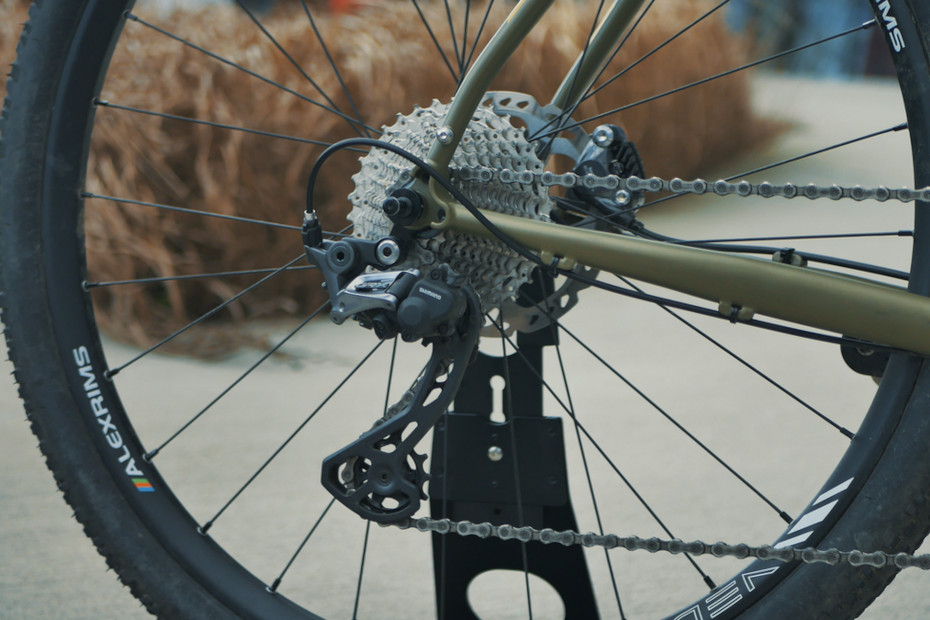
1x11 versus 2x11
GRX offers both 1x11 and 2x11 drivetrain options. For 1x11 setups, the long-cage GRX rear derailleur is necessary if you wish to run the 11-40 or 11-42 cassette sizes. Long cage derailleurs are available for both mechanical and Di2 groups.
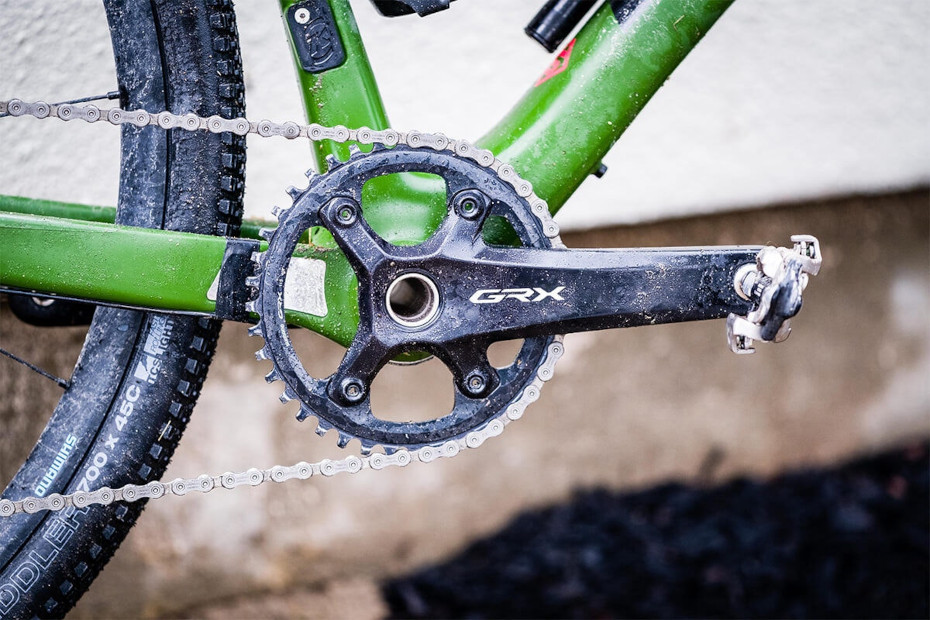
GRX Crank and Front Derailleur
Shimano GRX cranksets feature a +2.5mm outboard chainline, which improves rear tire clearance, making room for wide gravel tires. This also means that the GRX crank’s Q-Factor is +2.5mm wider on each side compared to Shimano road cranks. Due to the wider crank and chainline, GRX cranks must be used in conjunction with a GRX front derailleur for 2x11 and 2x10 drivetrains.
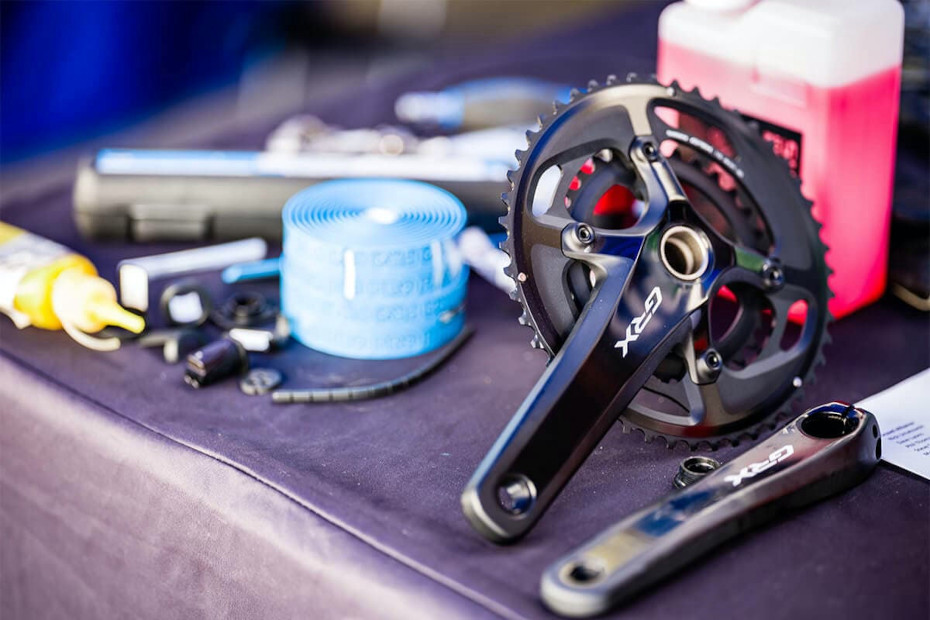
Disc Brake Only
GRX groupsets are only available with disc brake calipers and shift/brake levers. It is possible to upgrade your rim brake bike with select GRX drivetrain components; however, you must use Shimano road shift/brake levers designed for rim brakes.
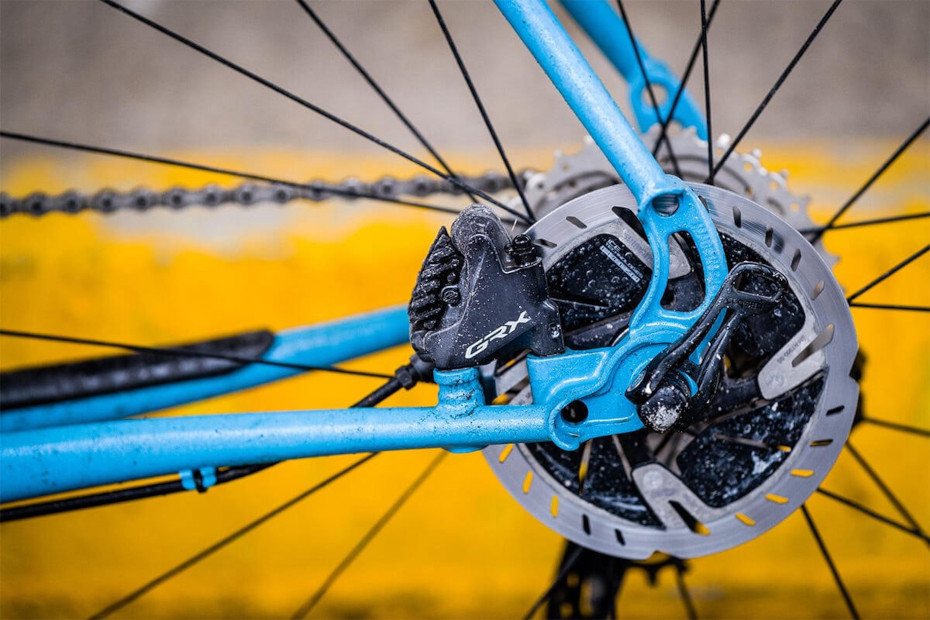
Fully Compatible Parts
As long as you maintain your current drivetrain speeds (10-speed versus 11-speed), the following GRX components are fully compatible and interchangeable with your existing parts: Shift levers, chains, brake calipers, bottom brackets, cables and housing, and Di2 batteries and accessories.
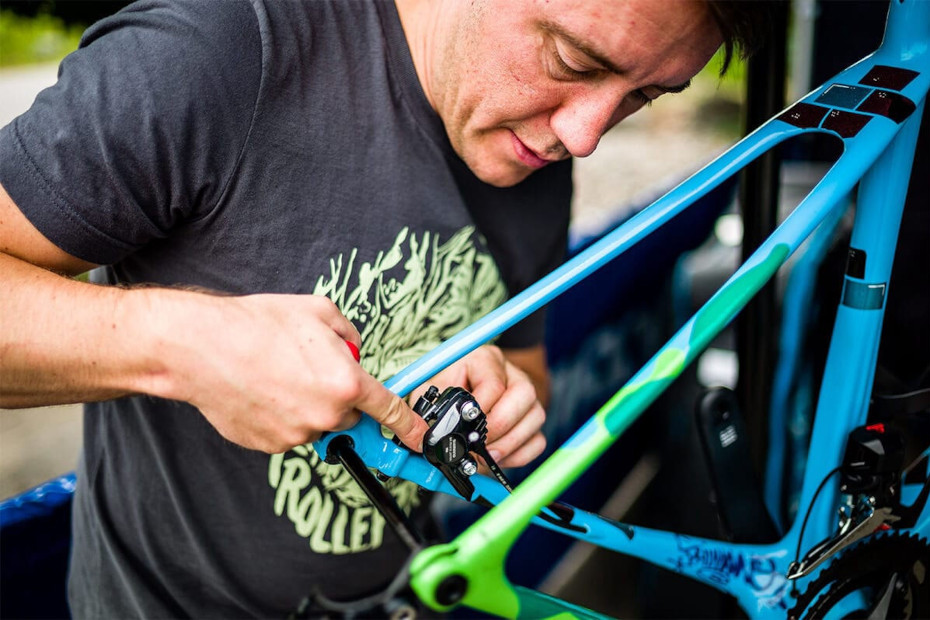
Shimano GRX 800-level components and 11-speed GRX 600-level components are compatible with current DURA-ACE, ULTEGRA, and 105 road groups. Shimano GRX 400-level and 10-speed GRX 600-level components work great in conjunction with the 10-speed Tiagra road groupset.





